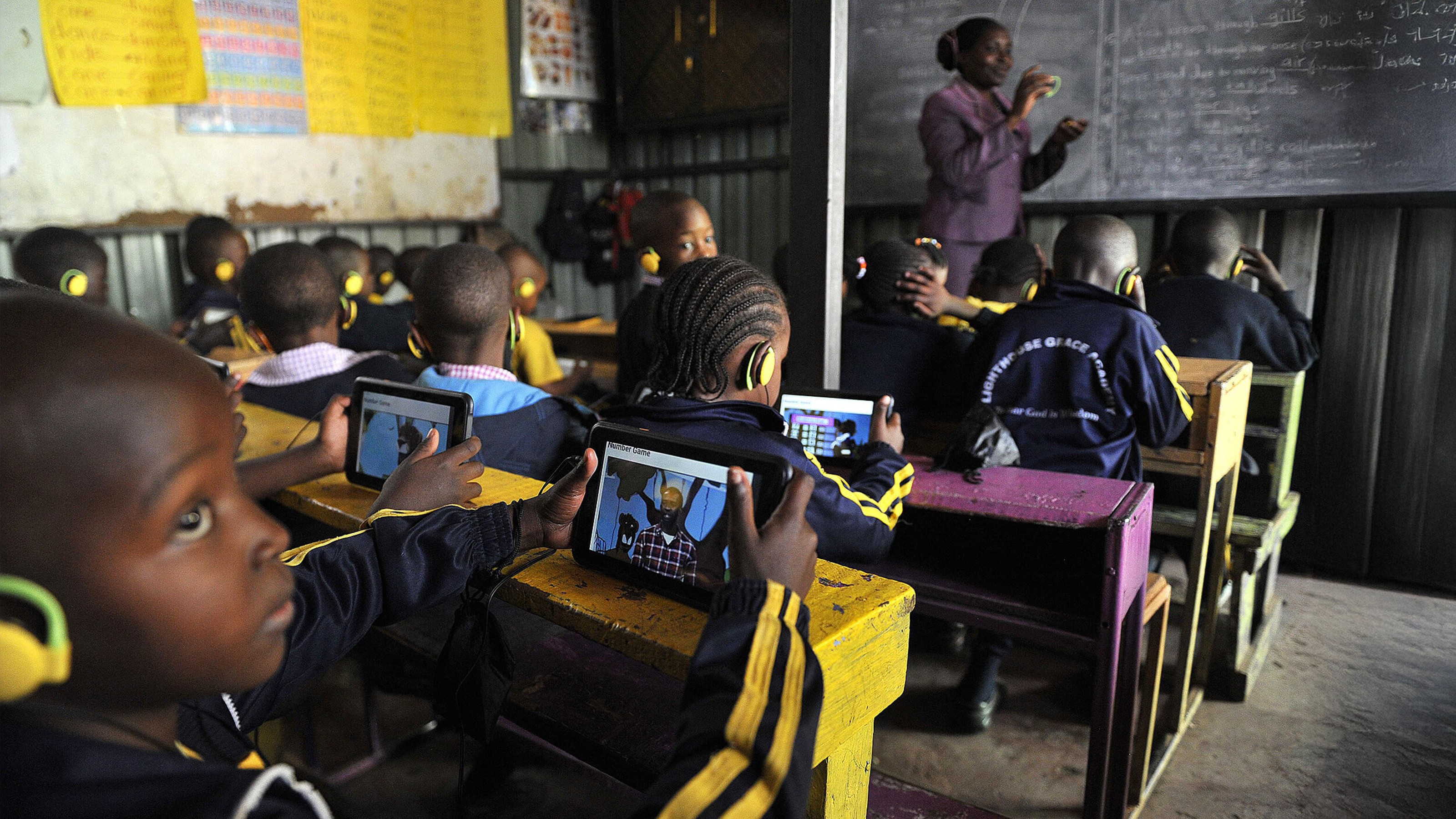Build resilience like a Navy SEAL. Step 1: Run a S.W.O.T analysis.

Brent Gleeson is a business consultant, author, and former Navy SEAL. In that last role, he’s learned about the importance of resiliency when working through challenges. He’s not just talking about fending off problems, either, but also about making the kind of daring changes that can take a company, in his words, “from something maybe good to making it great, making it a sustainable organization, a profitable organization, a company that is poised for long-term growth.” The title of his Big Think+ video says it all: “Make Resiliency Your Bedrock for Long-Term Growth.” Resiliency is a mindset that increases the chances you’ll not only survive calamity, but also reach that mountaintop. On a SEAL team, after all, it can be a matter of life and death to “bounce back from adversity on the battlefield better than our enemy.”
Healthy Paranoia
Gleeson proposes just a touch of paranoia to keep you watching for threats and new opportunities. In a resilient organization, he says, “We’re running almost a constant S.W.O.T. — “Strengths, Weaknesses, Opportunities and Threats” — analysis looking for [and] identifying our strengths and weaknesses, [and] the opportunities that the organization either has today or will face tomorrow.” Peeking over the horizon can make whatever it is that’s hiding there less of a shock to the system. “Resilient organizations,” Gleeson points out, “plan for those things.”
Dynamic Agility
Another key aspect of resilience is a responsive, dynamic agility. “Organizations that are resilient today,” Gleeson says, “are also doing a better job of replacing sort of old-school hierarchies with more dynamic agile ecosystems of empowered teams and leaders that increases team engagement.” This is key because engagement is an important ingredient in resilience: “The more engaged your workforce is, the more resilient your organization will be to again bounce back from whatever adversity you might face.”
Calm the Future
Resilience, Gleeson asserts, frees a company to concentrate on growth. Such an organization is “not just outwardly strong against the competition, but it can navigate market volatility better.” With resilience taking fear off the table, an important distraction is removed, and leadership and personnel can get down to doing what they do best: “Having great talent acquisition programs that are constantly in motion, and having great sales and marketing strategies that really continue to build a great brand that people love, that people emotionally connect to.”




